3.0 Intro - Blog
A WordPress post is what makes up the blog aspect of your site.
These are generally news or informational updates about a certain topic or talking point. Posts are listed in reverse chronological order and can be tagged, categorized and even archived on your site.WordPress posts are what make up the RSS content of your WordPress blog. So, when someone subscribes to your RSS feed, your posts will be the content that’s delivered to them. Posts are entries that display in reverse order on your home page. Posts usually have comments fields beneath them and are included in your site's RSS feed.
To write a post:
Log in to your WordPress Administration Panel (Dashboard).
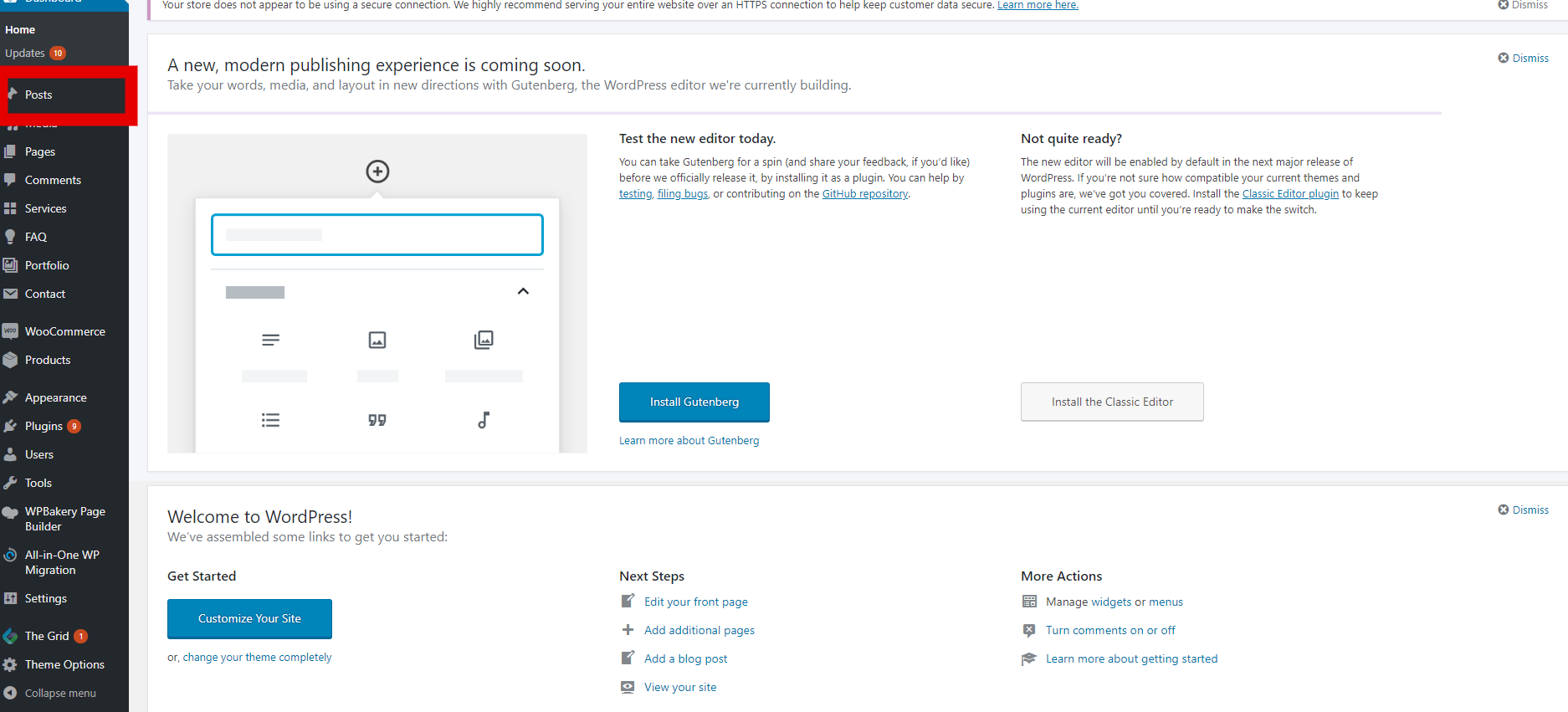
Click the 'Posts' tab.
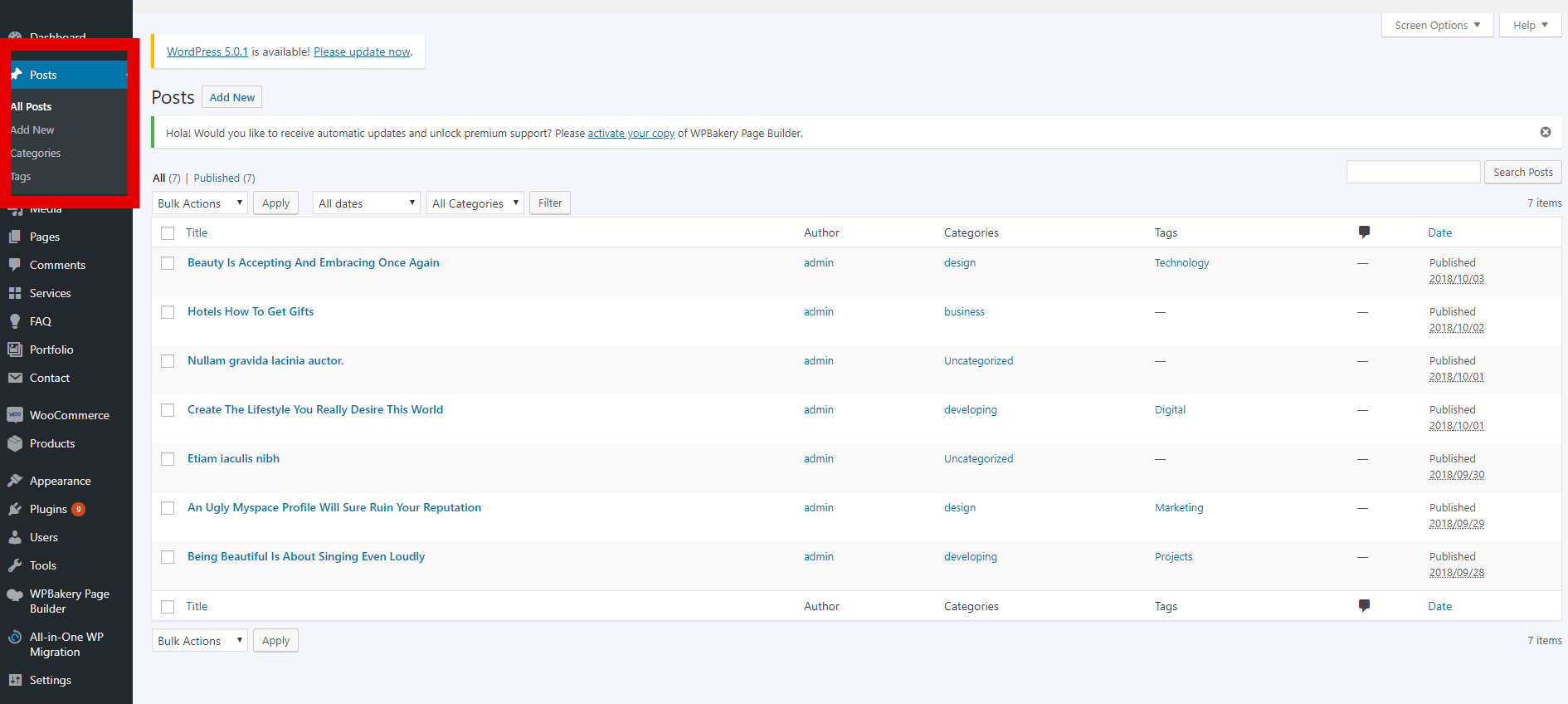
Click the 'Add New' sub-tab.
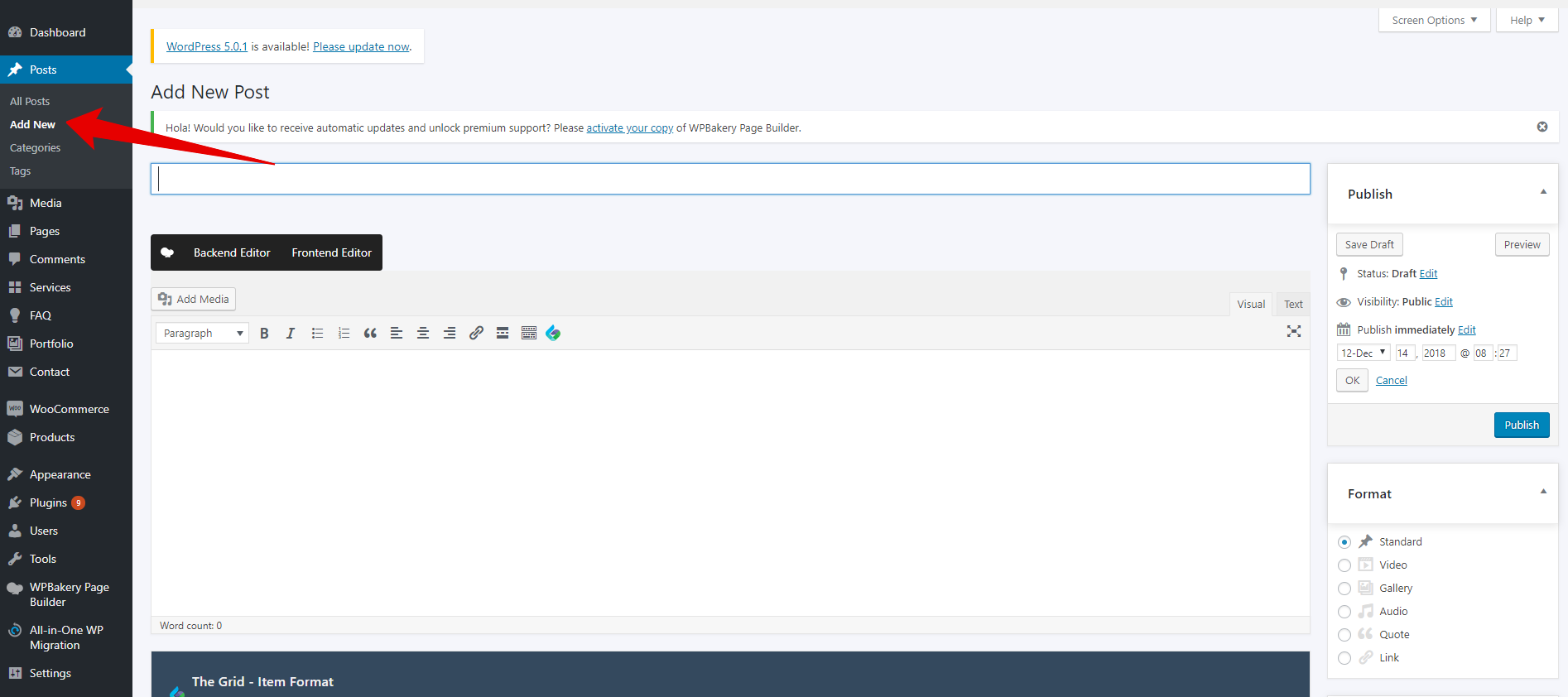
Start filling in the blanks: enter your post title in the upper field, and enter your post body content in the main post editing box below it.
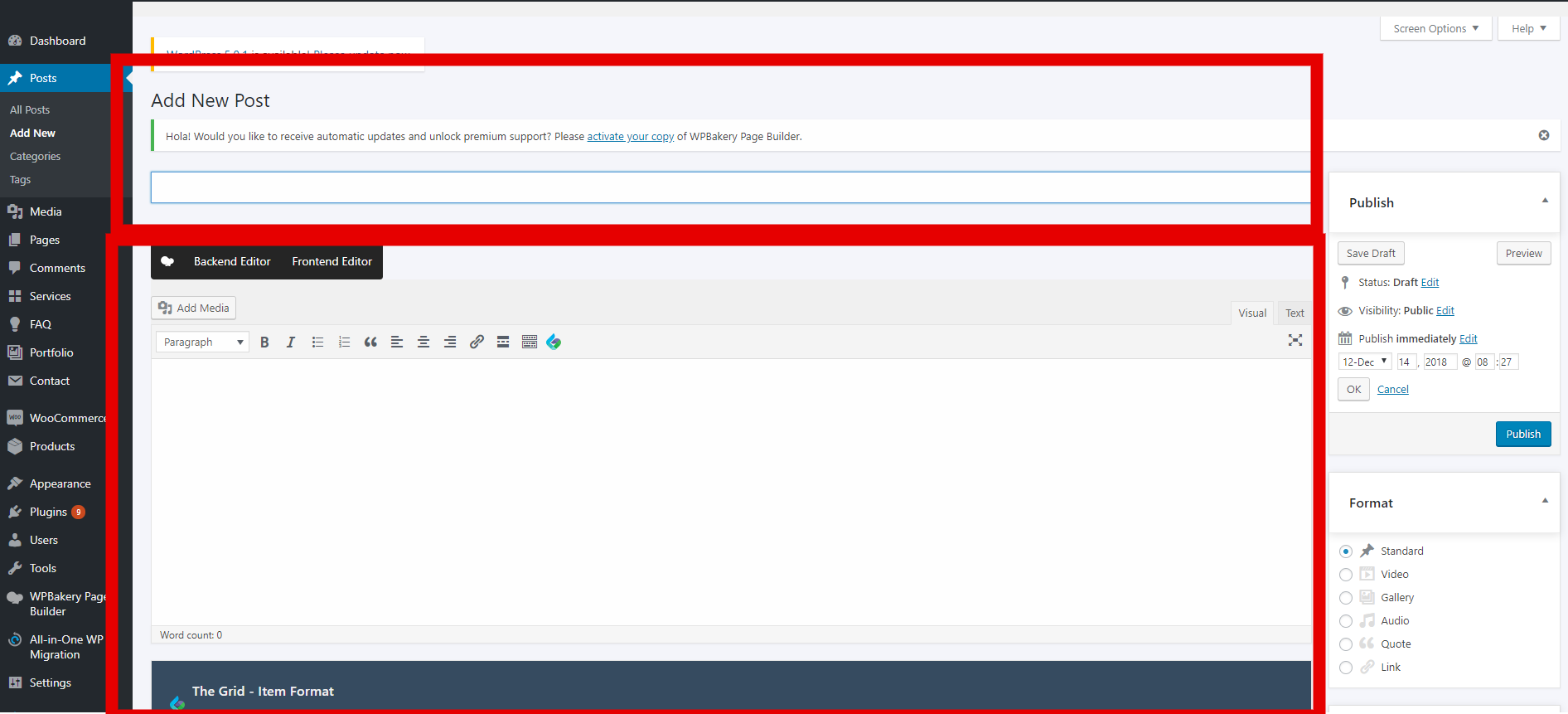
As needed, select a category, add tags, and make other selections from the sections below the post. (Each of these sections is explained below.)
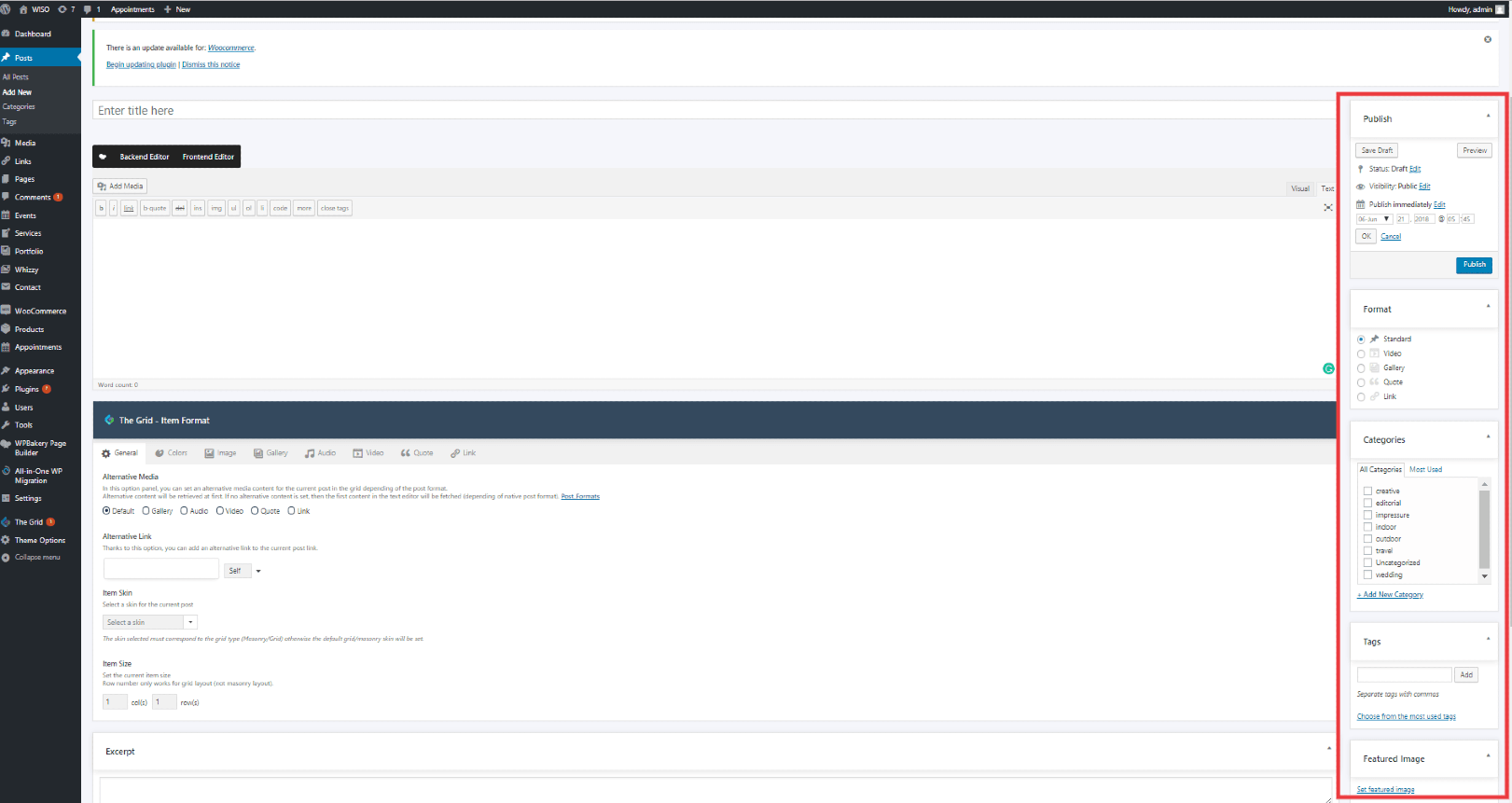
When you are ready, click Publish.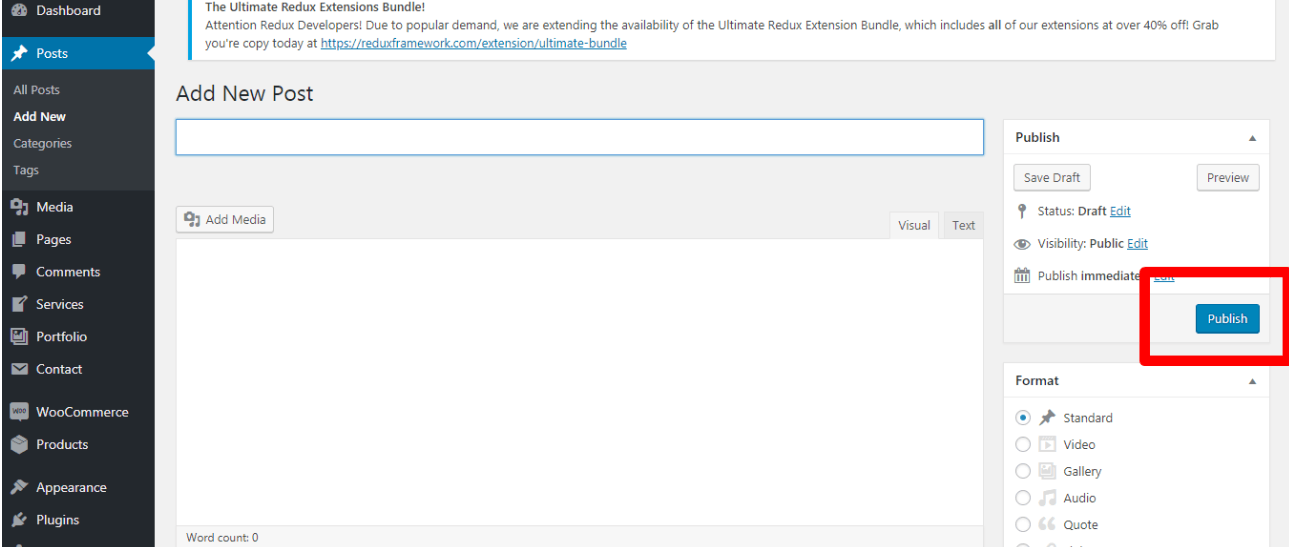
Descriptions of Post Fields
Title/Headline Box
The title of your post. You can use any phrases, words or characters. Avoid using the same title twice as that will cause problems. You can use commas, apostrophes, quotes, hyphens/dashes and other typical symbols in the post like "My Site - Here's Lookin' at You, Kid". WordPress will then clean it up to generate a user-friendly and URL-valid name of the post (also called the "post slug") to compose the permalink for the post.
Body Copy Box
The blank box where you enter your writing, links, links to images, and any information you want to display on your site. You can use either the Visual or the Text view to compose your posts. For more on the Text view, see the section below, Visual Versus Text View.
Visual Versus Text Editor
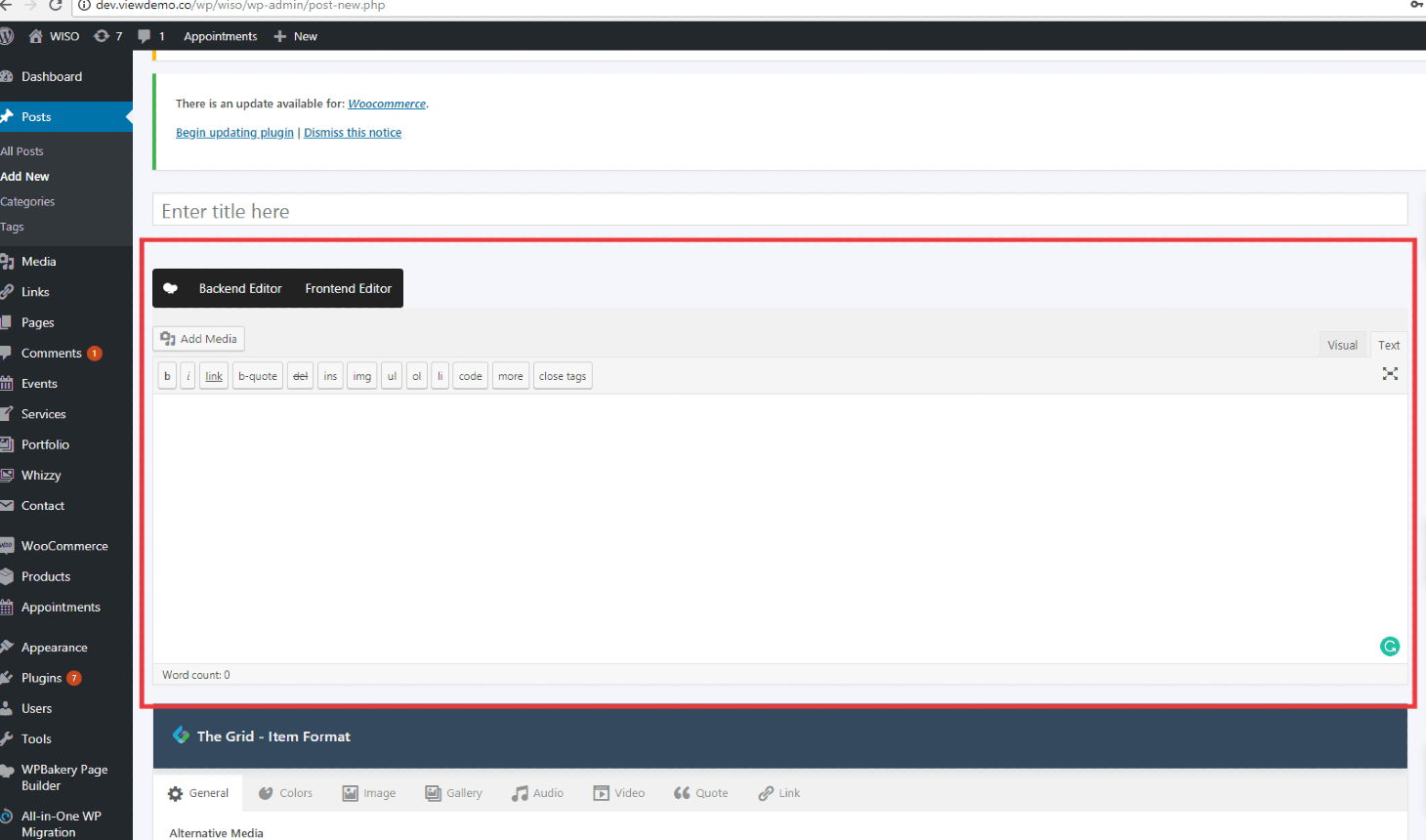
When writing your post, you have the option of using the Visual or Text mode of the editor. The visual mode lets you see your post as is, while the Text mode shows you the code and replaces the WYSIWYG editor buttons with quick tags. These quick tags are explained as follows.
- b - <strong></strong> HTML tag for strong emphasis of text (i.e. bold).
- i - <em></em> HTML tag for emphasis of text (i.e. italicize).
- b-quote - <blockquote></blockquote> HTML tag to distinguish quoted or cited text.
- del - <del></del> HTML tag to label text considered deleted from a post. Most browsers display as striked through text.
- link - <a href="http://example.com"></a> HTML tag to create a hyperlink.
- ins - <ins></ins> HTML tag to label text considered inserted into a post. Most browsers display as underlined text.
- ul - <ul></ul> HTML tag will insert an unordered list, or wrap the selected text in same. An unordered list will typically be a bulleted list of items.
-
ol
- <ol></ol> HTML tag will insert a numbered list, or wrap the selected text in same. Each item in an ordered list is typically numbered.
- li - <li></li> HTML tag will insert or make the selected text a list item. Used in conjunction with the ul or ol tag.
- code - <code></code> HTML tag for preformatted styling of text. Generally sets the text in a monospaced font, such as Courier.
- more - <!--more--> WordPress tag that breaks a post into "teaser" and content sections. Type a few paragraphs, insert this tag, then compose the rest of your post. On your blog's home page you'll see only those first paragraphs with a hyperlink ((more...)), which when followed displays the rest of the post's content.
- page - <!--
nextpage
--> WordPress tag similar to the more tag, except it can be used any number of times in a post, and each insert will "break" and paginate the post at that location. Hyperlinks to the paginated sections of the post are then generated in combination with the wp_link_pages() or link_pages() template tag.
- Close Tags - Closes any open HTML tags left open--but pay attention to the closing tags. WordPress is not a mind reader (!), so make sure the tags enclose what you want, and in the proper way.
Preview button
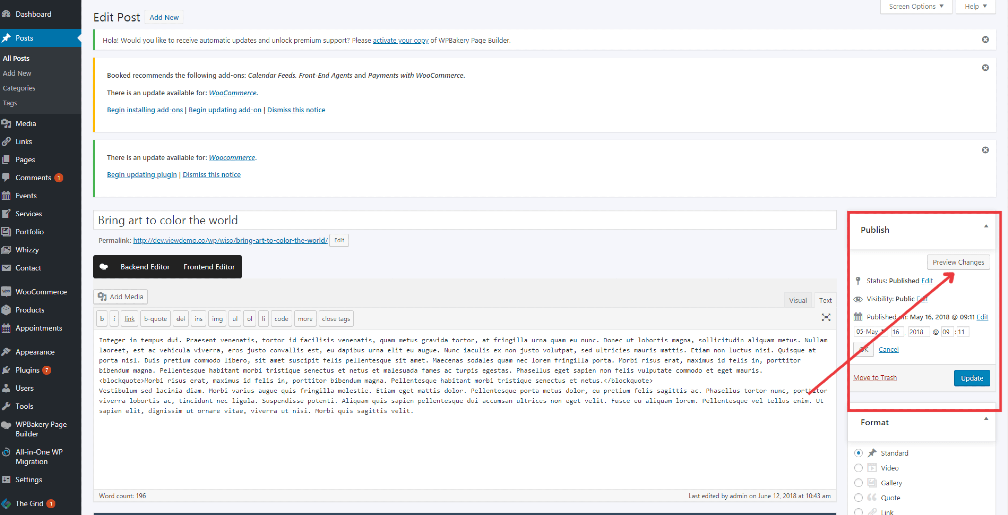
Allows you to view the post before officially publishing it.
Publish box
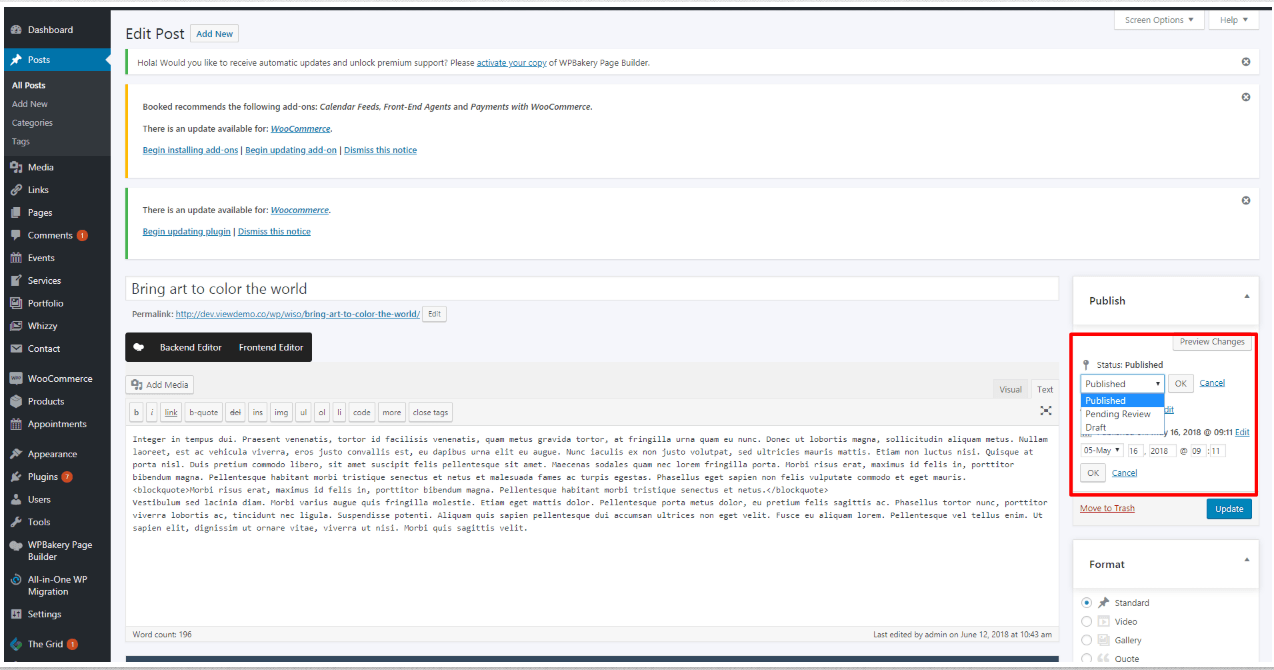
Contains buttons that control the state of your post. The main states are Published, Pending Review and Draft. A Published status means the post has been published live on your blog for all to see. Pending Review means the draft is waiting for review by an editor prior to publication. Draft means the post has not been published and remains a draft for you. If you select a specific publish status and click the update post or "Publish" button, that status is applied to the post. For example, to save a post in the Pending Review status, select Pending Review from the Publish Status drop-down box, and click Save As Pending. (You will see all posts organized by status by going to Administration Panels > Posts > Edit). To schedule a post for
publication
at
a
future time or date, click "Edit" in the Publish area next to the words "Publish immediately". You can also change the publish date to a date in the past to back-date posts. Change the settings to the desired time and date. You must also hit the "Publish" button when you have completed the post to publish at the desired time and date.
Permalink
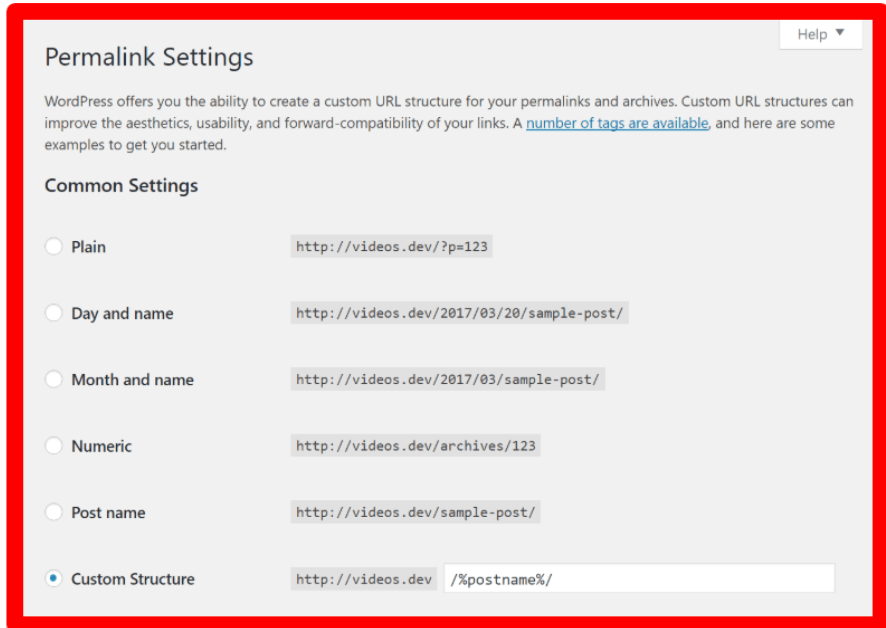
Permalink stands for "permanent link". That means a post URL that does not expose the post ID which could be subject to a change (e.g. when moving to different blogging system), but it rather contains a user-friendly post name derived from the post title which could also change, although not recommended, but in a more controllable way. This post name (also referred to as "post slug" or just "slug") can be edited, depending on your Permalinks settings, using the "Edit" button. (To change your settings, go to Administration Panels > Settings > Permalinks). The permalink is automatically generated based on the title you set to the post and is shown below the title field. Punctuation such as commas, quotes, apostrophes, and invalid URL characters are removed and spaces are substituted with dashes to separate each word. If your title is "My Site - Here's Lookin' at You, Kid", it will be cleaned up to create the slug "my-site-
heres
-
lookin
-at-you-kid". You can manually change this, maybe shortening it to "my-site-
lookin
-at-you-kid".
Publish

Publishes your post on the site. You can edit the time when the post is published by clicking the Edit link above the "Publish" button and specifying the time you want the post to be published. By default, at the time the post is first auto-saved, that will be the date and time of the post within the database.
Post Tags
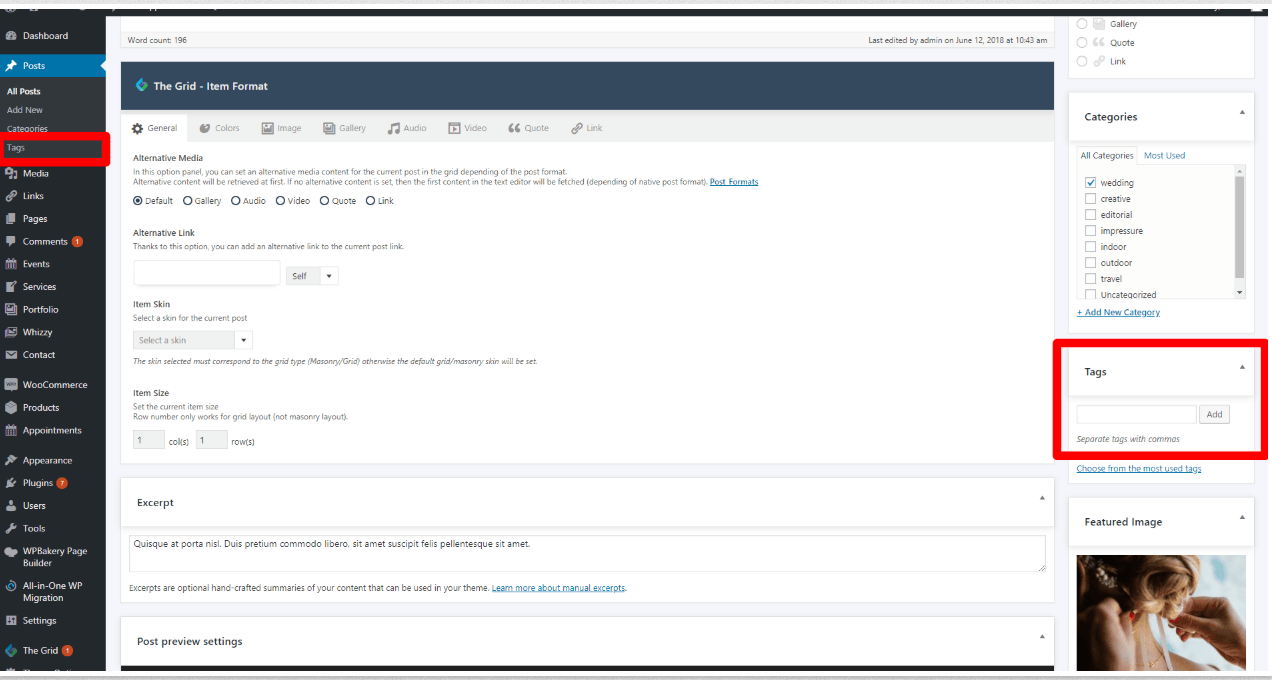
Refers to micro-categories for your blog, similar to including index entries for a page. Posts with similar tags are linked together when a user clicks one of the tags. Tags have to be enabled with the right code in your theme for them to appear in your post. Add new tags to the post by typing the tag into the box and clicking "Add".
Categories
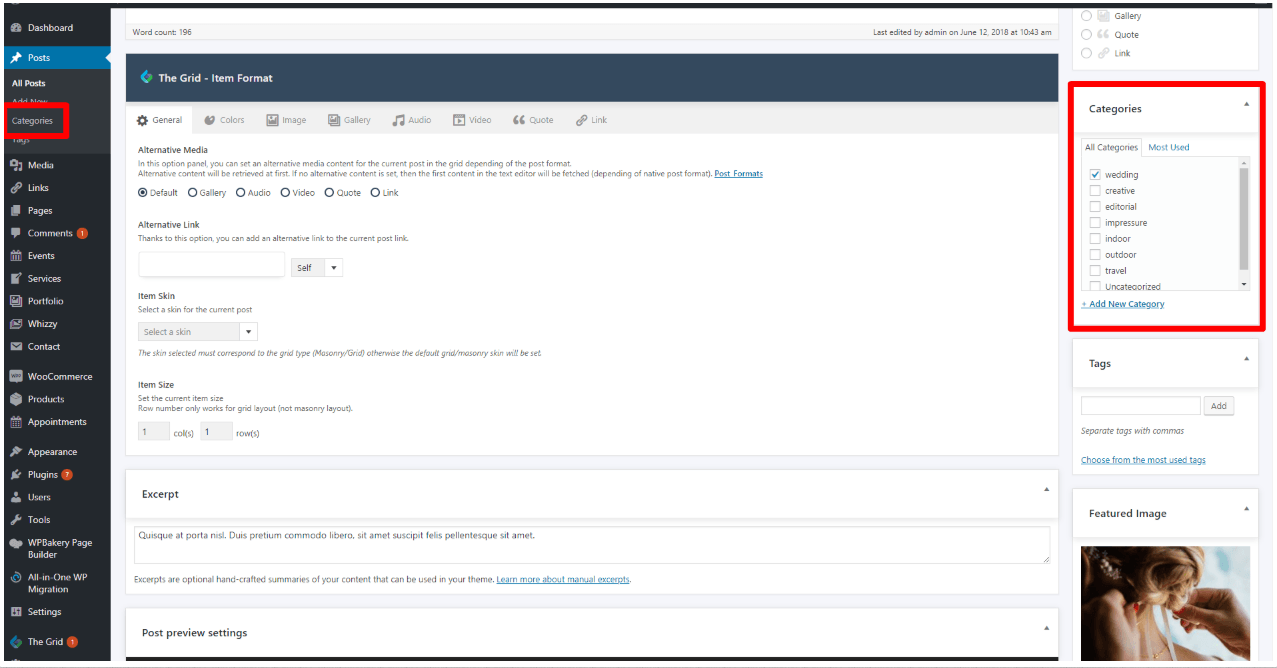
Generally, bloggers have 7-10 categories for their content. Readers can browse specific categories to see all posts in the category. To add a new category, click the "+Add New Category" link in this section. You can manage your categories by going to Administration Panels > Posts > Categories.
You’ve created your website, you’ve got an amazing email newsletter, and you’ve set up your social media profiles — which have all helped to build a strong rapport with your customers. But even with those options already in place, you want to take your relationship-building skills to the next level. You can do that with a blog.
1. Add a new page.
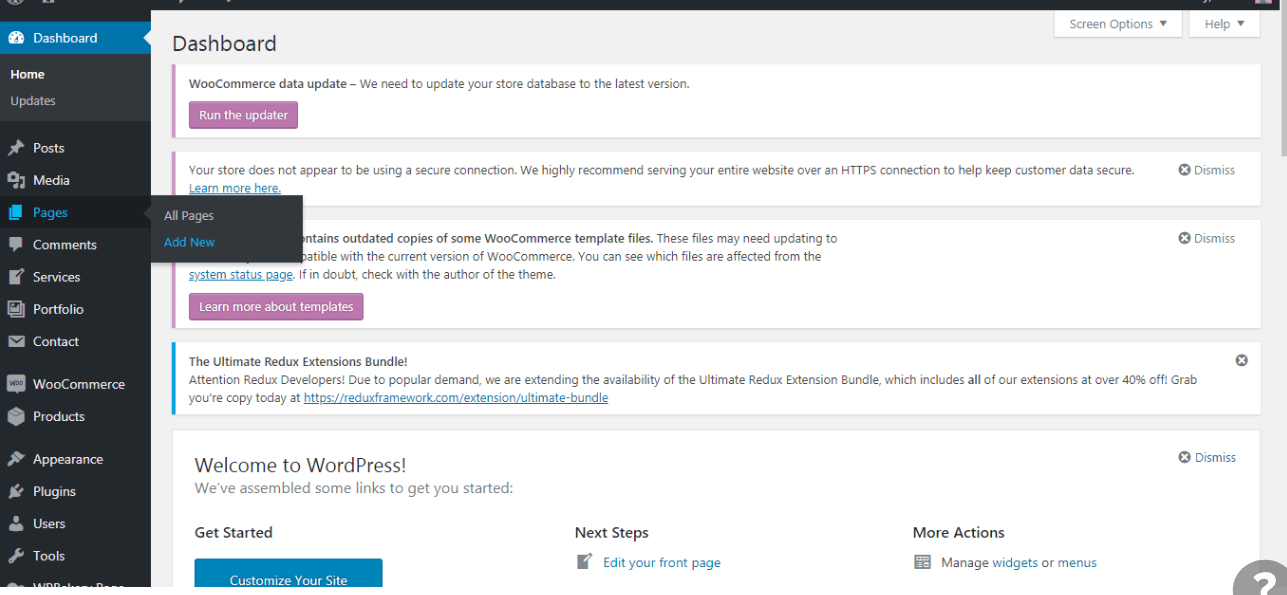
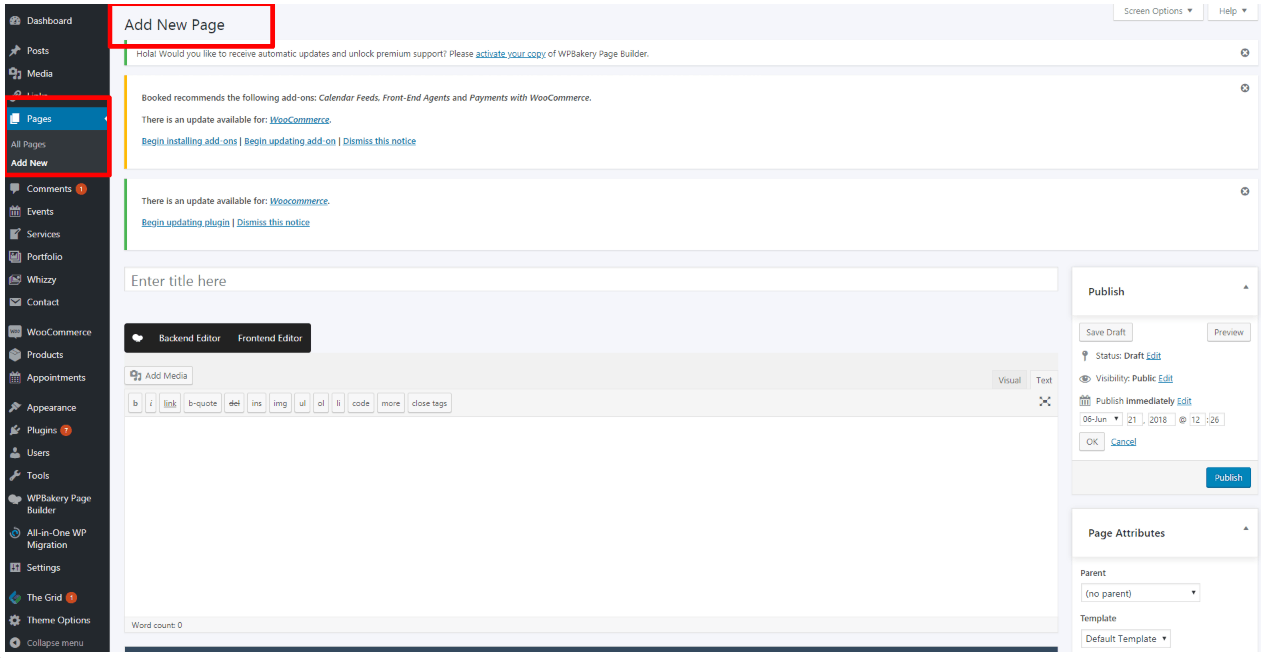
2. Name the page.
Let’s name it “Blog” for easy identification. Leave the text box blank because you want the page to act as a feed for your posts — not a static read page.
3. Publish the page.
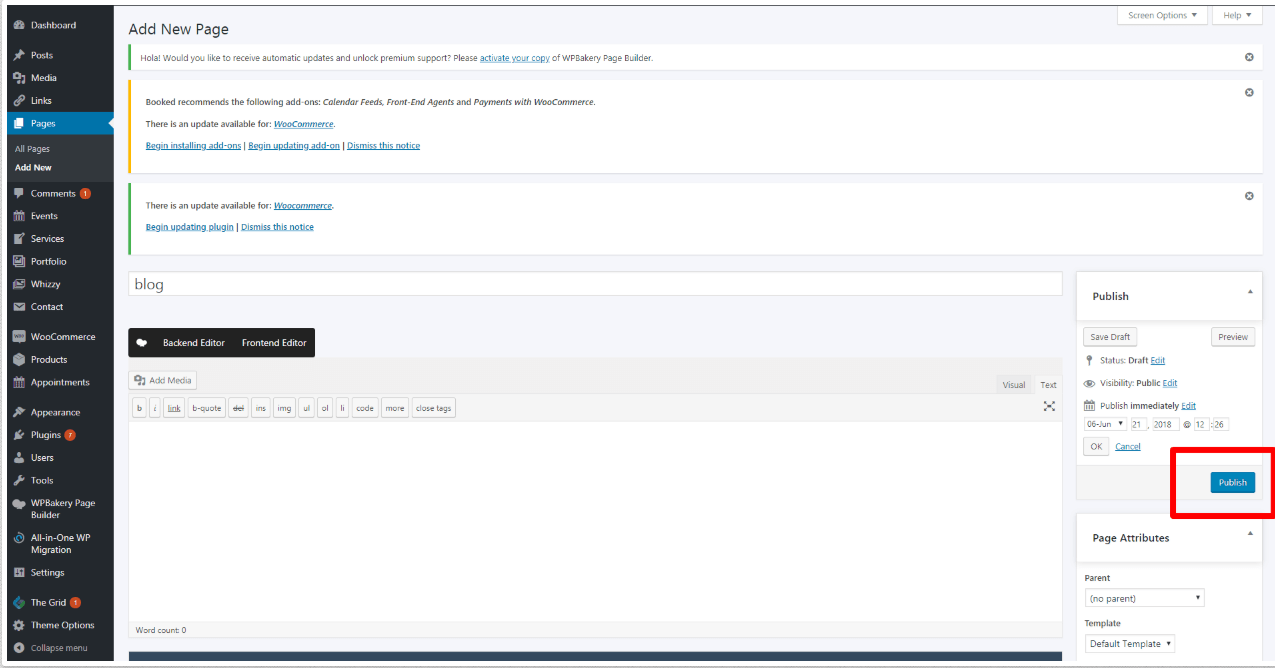
In order for your Blog page to go live, you need to publish it.
4. Navigate to the Settings section.
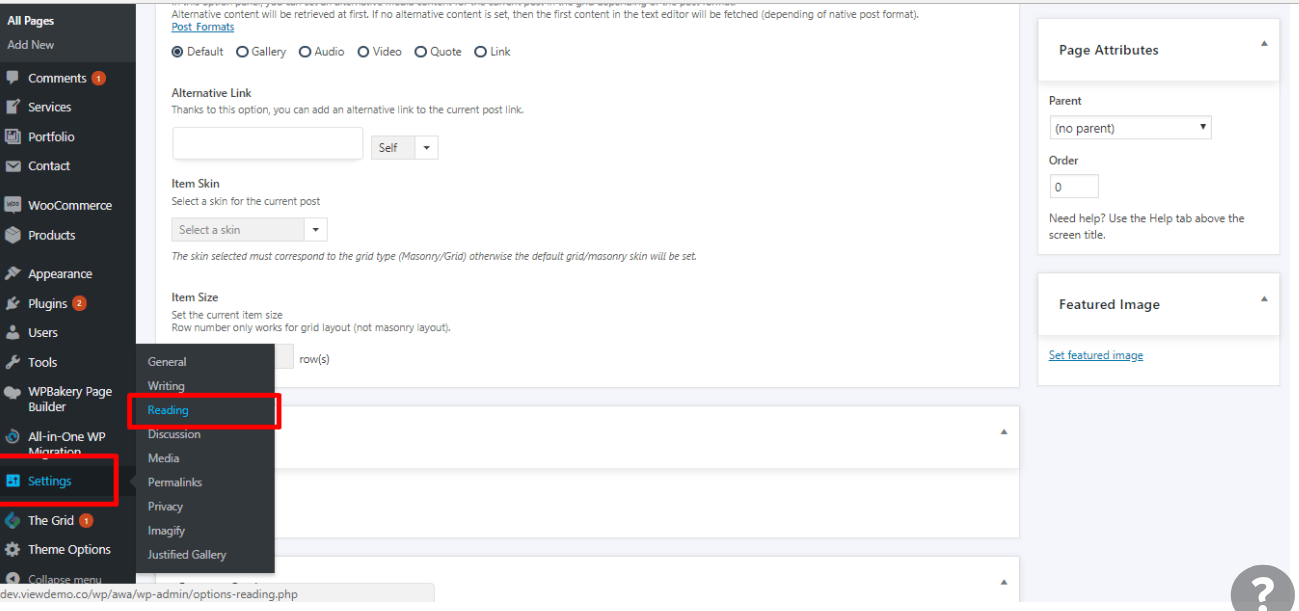
When you’re in your Dashboard, you’ll see a column along the left with all the different things you can do in WordPress. Go to Settings > Reading to bring up the page seen above.
5. Designate a Posts page
.

Click
on
A static page, and then select Blog under the drop-down menu for Posts page. This is important. This step determines where your blog feed appears. Make sure to select “Blog” under the drop-down menu for “Posts page”.
6. Determine the number of posts you want.

This is a personal preference, really. How many posts do you want to appear when your readers click on Blog? Five? 12? Play around with different amounts and see which option you prefer. Then, save your changes.
7. Write and publish your first post.
And now you’re ready to blog!



















